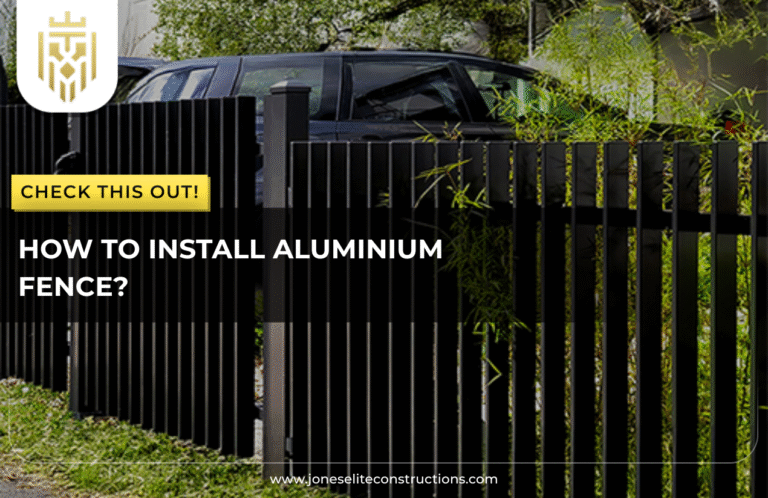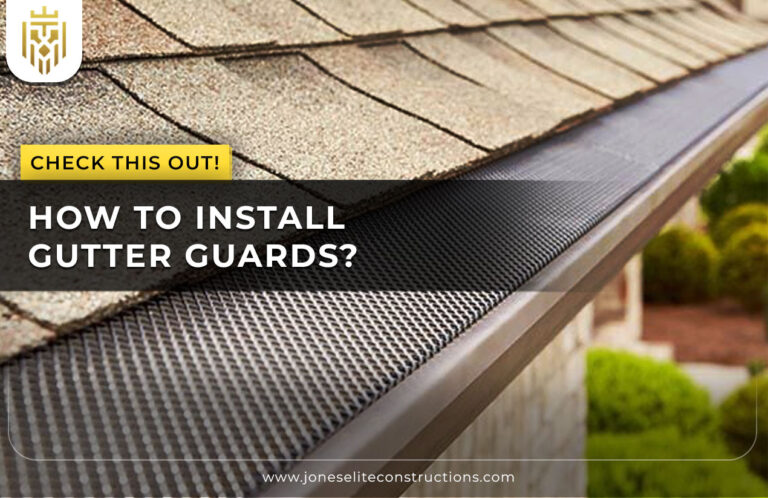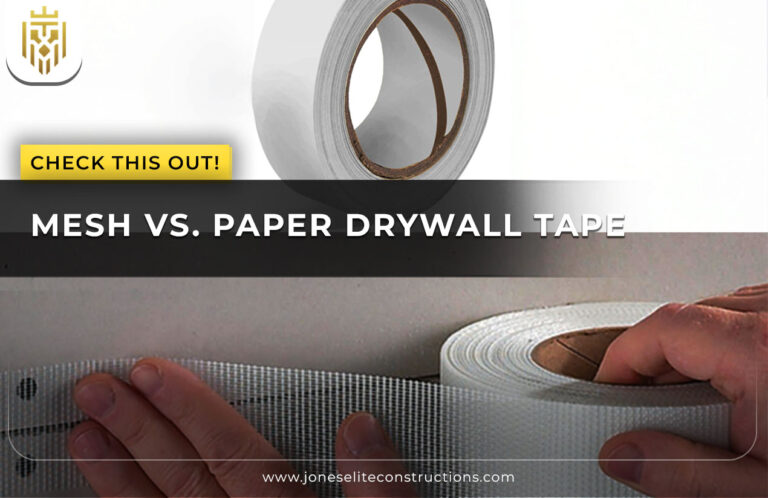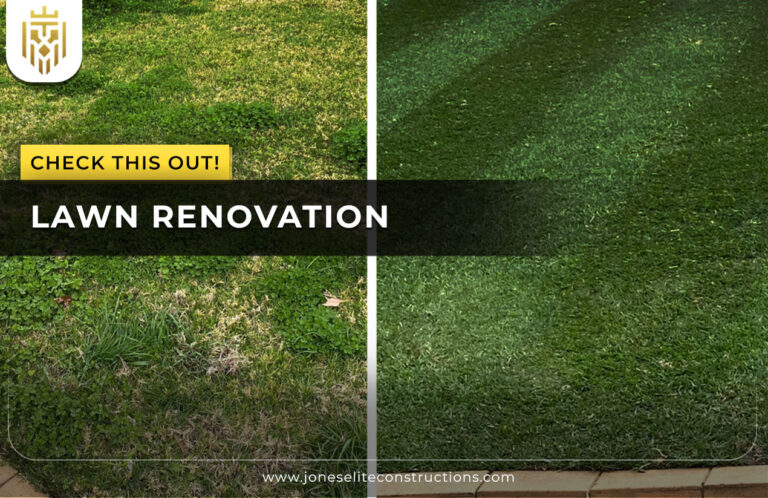Types of Roof Designs
Roof forms differ from structure to structure and use, styles including gable, hipped, T-shape, pyramid hip, butterfly, bonnet, and corrugated roofs. Each of these designs promotes advantages differing from the other, such as stabilisation, ventilation, or drainage of water.
Gable Roof

A gable roof is one of the most common roof types with two sloping sides meeting at a ridge to form a triangular shape. It is widely accepted among regions where there is heavy rainfall or snow due to efficient drainage. This design is economical, durable, and generally built with rafters, roof trusses, or purlins.
Hipped Roof

A hipped roof slopes down from all sides, thus allowing no vertical gables and stands as one of the contenders for wind resistance among the different types of roofs. Variants of the hipped roof include pyramid, mansard, and butterfly designs, all granting insulation and ventilation improvements. This roof type tends to be well-loved aesthetically and energy-efficient, hence a common choice for residential and commercial buildings.
T-Shaped Roof

A T-shaped roof is a versatile choice among types of roofs, formed by the intersection of two pitched sections. The design lends itself to great water drainage and adds extra attic space. Any house having several roof sections very easily adopts this structure to accommodate different architectural styles and functional demands.
Corrugated Roof
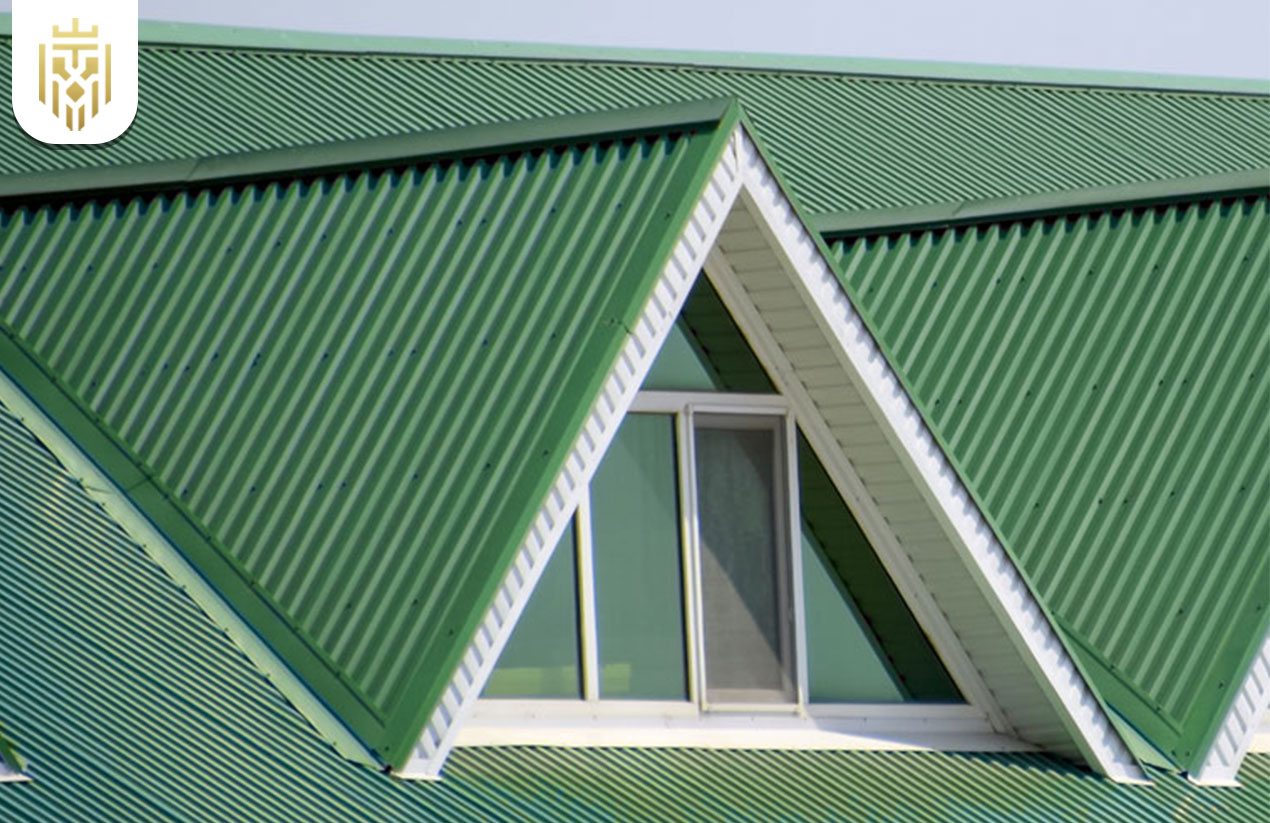
A corrugated roof presents a very durable and cost-effective roofing system by being viewed commonly under types of flat roofs for industrial and agricultural purposes. Made with aluminium, steel, or tin, the lightweight materials offer wonderful weather resistance. With the wavy structure- strength, reinforces its stand as a good green option for easy installation in any application.
Hip Roof
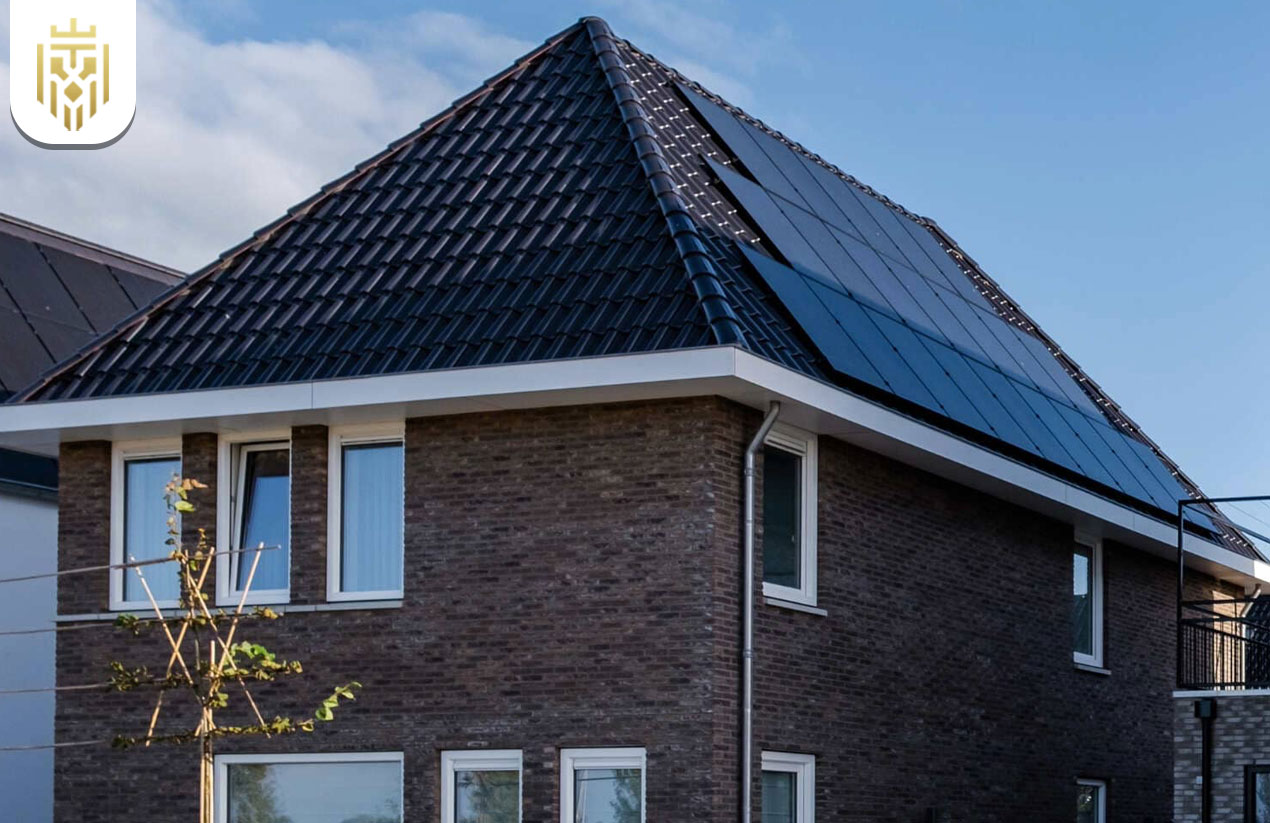
A hip roof is one of the most common roof types that provide stability and draining water effectively. It has other variants like pyramid, mansard, and bonnet-type roofs, which go well with other aesthetic and climatic needs. The roofing style thus becomes favoured in houses, gazebos, and sometimes even sheds.
Pyramid Hip Roof
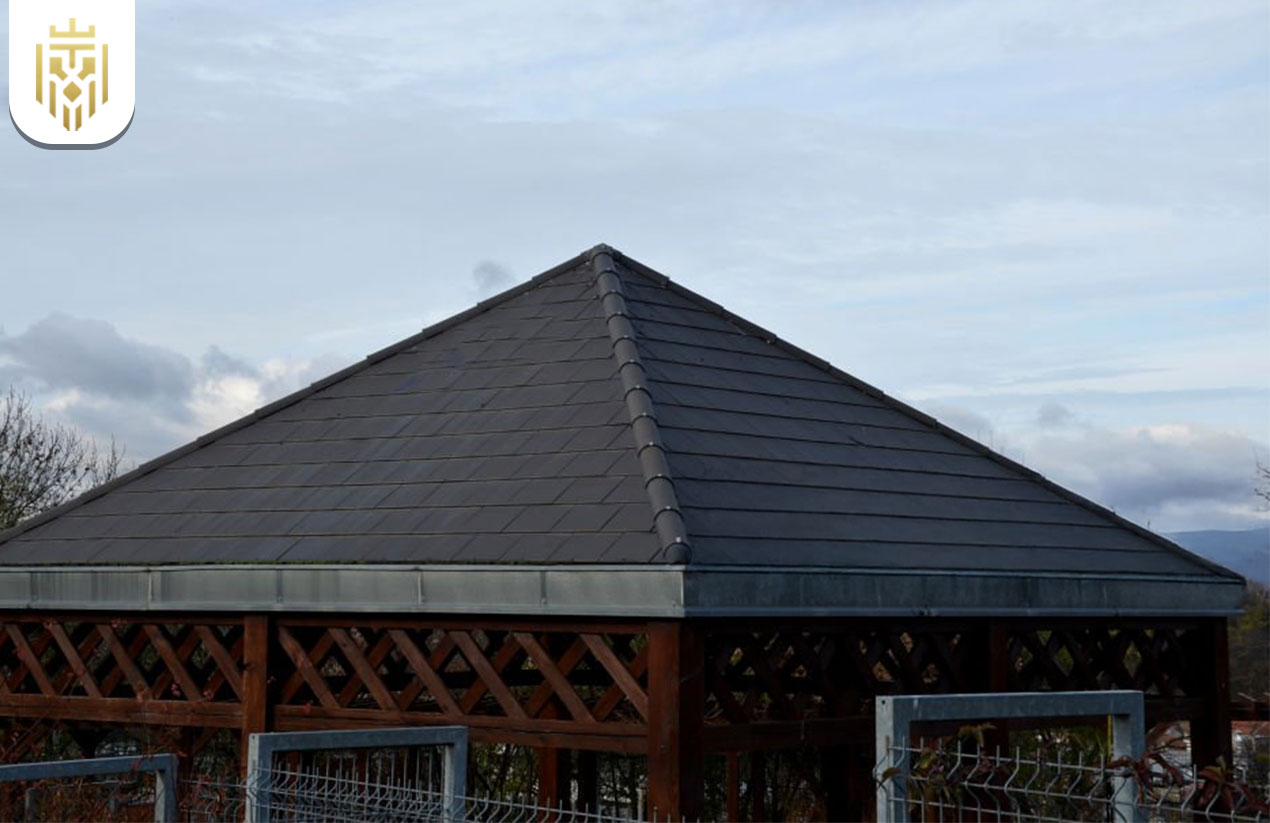
A pyramid hip roof is among the strongest and most symmetrical forms within the different types of roofs with four sloping sides meeting at a central peak; the wind resistivity is exceptionally high and hurricane-prone areas are most suited for the design. This design is accepted over a large range for smaller buildings such as pavilions and bungalows.
Butterfly Roof

The butterfly roof is defined as an ultra-modern and eco-friendly design within types of roofs that consists of two downward-sloping sections meeting at a valley. The V-shape enhances rainwater collection, ventilation, and natural light. Its sleek and contemporary visage has made it an enduring choice for sustainable housing.
Bonnet Roof
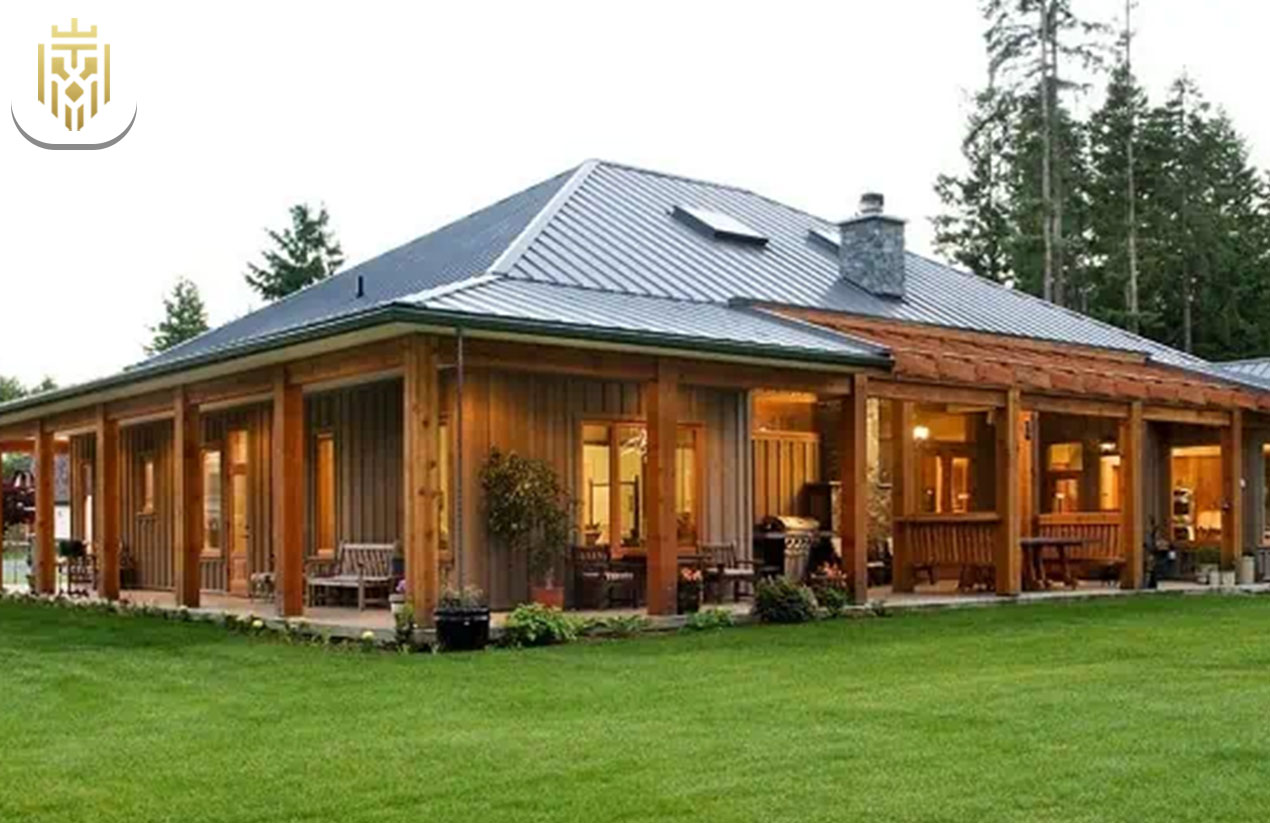
The bonnet roof is characterized by a steeper upper slope and a gentler lower slope to form prolonged eaves for shade and protection. This design is a variation of the types of shingle roofs most commonly used in homes with porches or balconies. Its visual allure combined with practical weather resistance makes it a desired roofing option.
Types of Roofing Materials
Roofing materials include metal, rubber, asphalt shingles, concrete tiles, slate, wood, membrane, and built-up roofing. These materials differ regarding durability, insulation, and aesthetic value. Accordingly, they are suitable for many building uses.
Metal Roofing

Metal roofing offers a durable and cost-efficient option among several types of roofing in aluminium, copper, and steel. This has resulted in immense popularity in both residential and commercial buildings, owing to weather resistance and longevity. Reflecting heat, this category of roofing is energy efficient and furthermore suited to hot climates.
Rubber Roofing
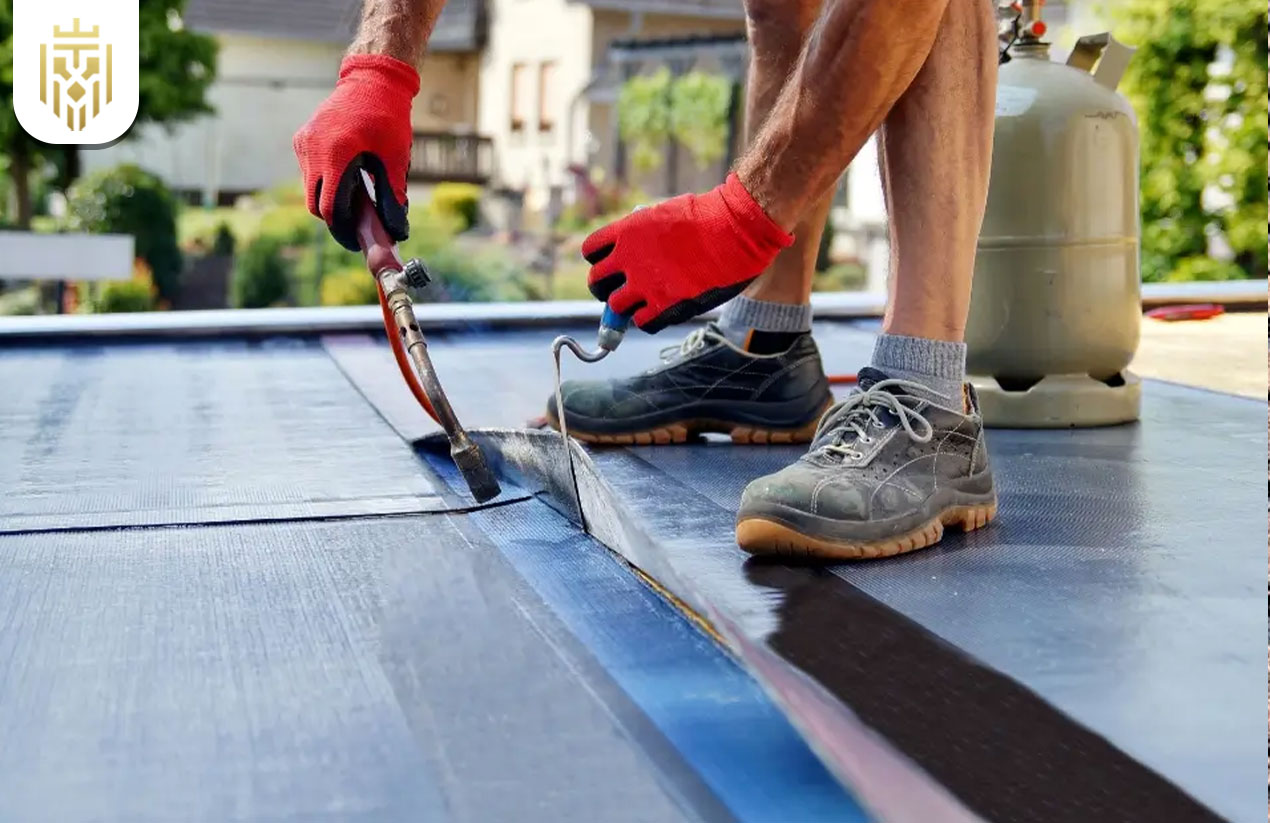
Popular as one of the types of flat roofs, rubber roofing is made from EPDM, TPO, or PVC, with spectacular waterproofing capacities. Being an eco-friendly solution, rubber roofing is made from recycled materials, thus causing minimum environmental impacts. Being economical and resistant to weather, it works well for roofing purposes on modern buildings.
Asphalt Shingles

Most commonly used among types of shingle roofs, asphalt shingles are an affordable yet durable roofing solution. These shingles come in a variety of styles and colours, giving a good degree of choice in aesthetics for homes. Their waterproofing nature is also due to their being made of fibreglass, presenting strong suitability for residential buildings.
Concrete Tiles

Concrete tiles are a premium option among different types of roofing with a flair for slate or clay tiles, but with greater durability. They resist the harshest weather very well and provide energy-efficient insulation, cutting down costs. These tiles are offered in many textures and finishes, which enables homeowners to customize.
Slate

Slate roofing is natural and long-lasting among the various kinds of roofs, frequently used for high-end architectural designs. It is fire-resistant and quite durable while endowing buildings with a classic charm. Though the price is higher than other roofing materials, the durability and low maintenance of slate offer good returns on investment.
Wood Roofing
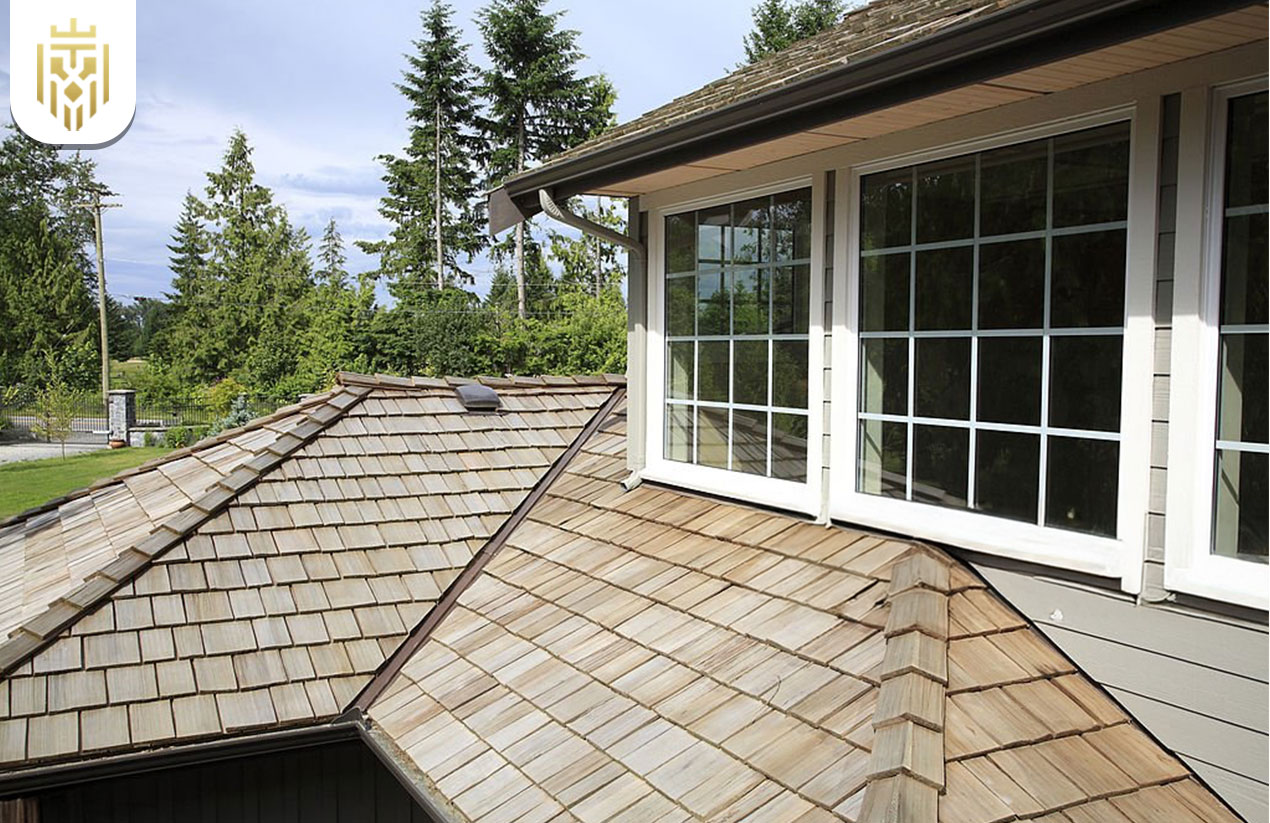
Among types of shingle roofs, wood roofing brings rustic and elegant appeal, often made of cedar or redwood shakes. It gives natural insulation and requires maintenance to withstand weather and insect attacks. Nevertheless, due to the great charm it adds to traditional and countryside homes, it is adored by many.
Membrane Roofing
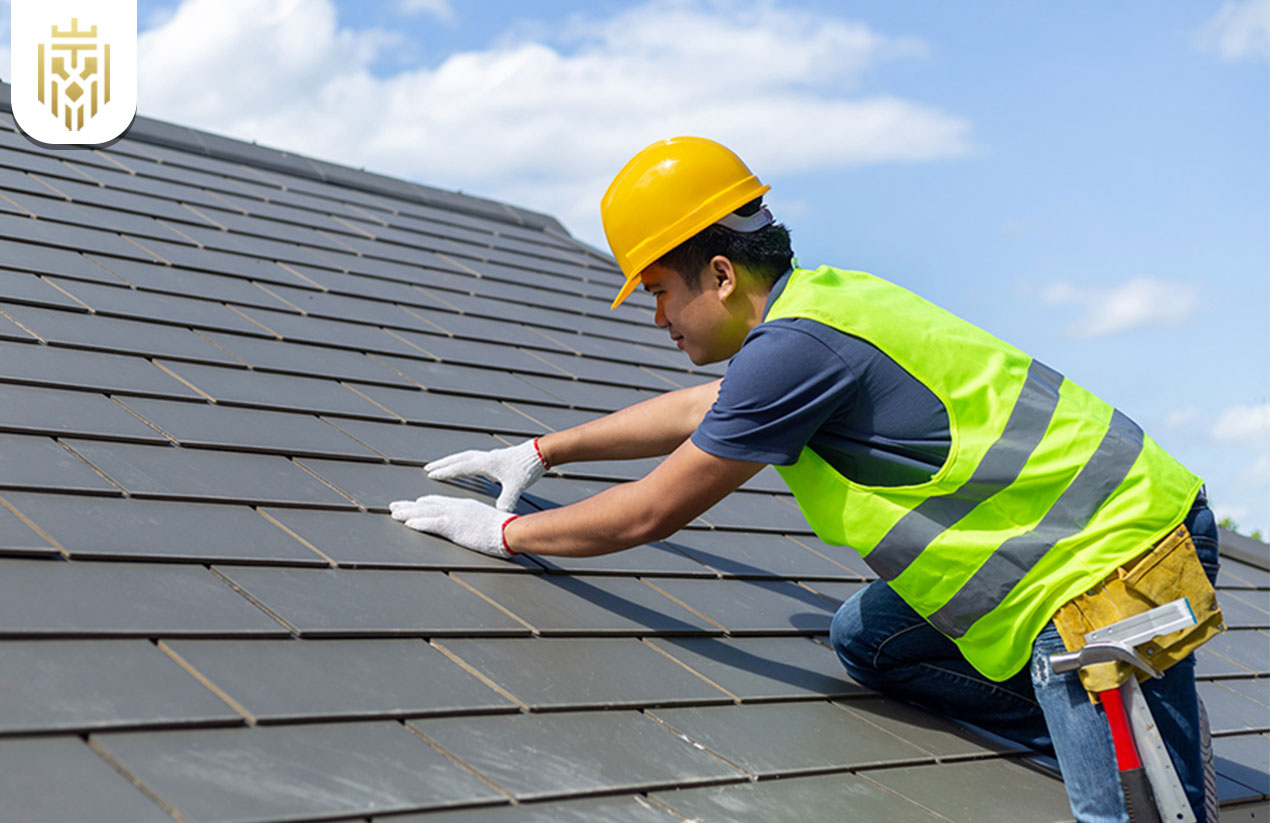
Membrane roofing is one significant type of game-changer among different types of flat roofs; they are seamless, waterproof backing, made of synthetic materials such as PVC or rubber. These provide high effectiveness for commercials and industrial buildings considering the contrivance against leak technology built into them and weathering. Due to their light-weight nature, they can be installed and maintained without exerting too much effort.
Built-Up Roofing

The built-up roof (BUR) is conventional among the types of roofing-composed of multiple layers of asphalt and fabric. Most commonly applied to protect commercial structures, built-up roofs provide outstanding durability, UV protection, and waterproofing. This roofing type is designed for a long service life, making it a cost-prohibitive choice for larger buildings.
FAQs
1. What are the most common types of Roofs?
The most common roof types include gable, hipped, pyramid hip, butterfly, and bonnet roofs. These types confer structural strength, aesthetic appeal, and resistance, making them common in residential and commercial applications.
2. How many types of roofing do we have?
Roofing may be divided into numerous types, broadly categorised into metal, rubber, asphalt shingles, concrete, slate, wood, membrane, and built-up roofing. Each material meets specific functional and aesthetic needs, ensuring varied roofing choices for different structures.
3. What type of roof is most durable?
Slate roofs are among the most durable types of roofs and may take more than 100 years with responsible care. Metal and concrete tile roofs also offer great longevity, being weather-resistant, fireproof, and mostly maintenance-free, which benefits homeowners and commercial buildings alike.
4. What are the five most common types of roofs?
The five most common roof types are gable, hipped, pyramid hip, butterfly, and bonnet roofs. These designs are chosen for their structural stability, drainage efficiency, and aesthetic appeal, thus rendering them suitable for different architectural styles.


